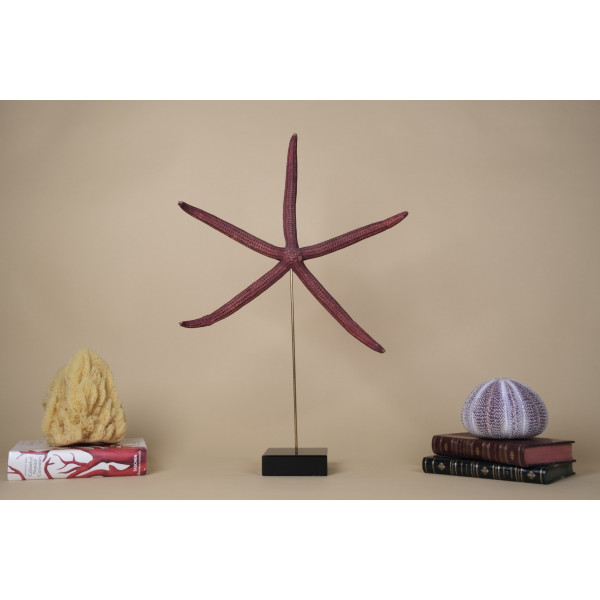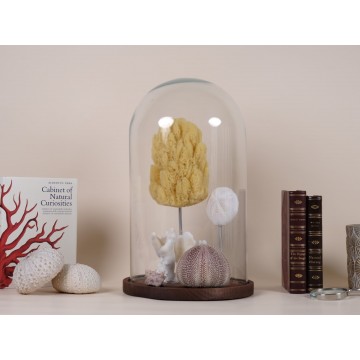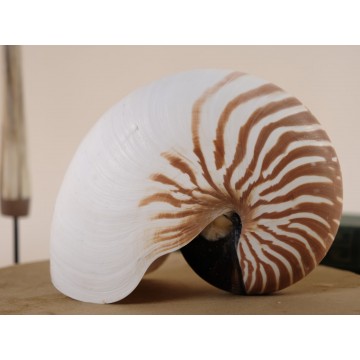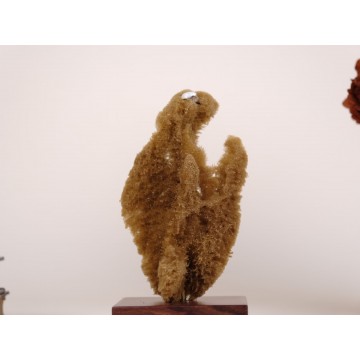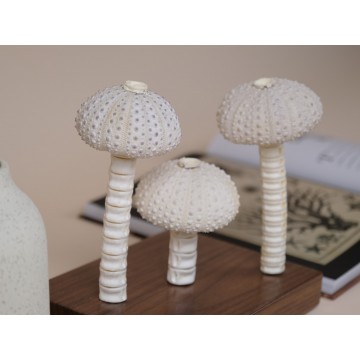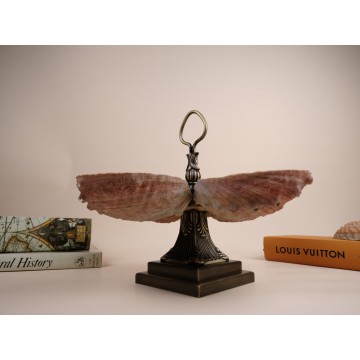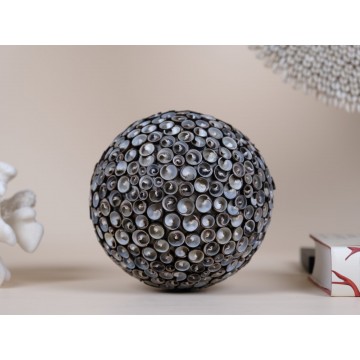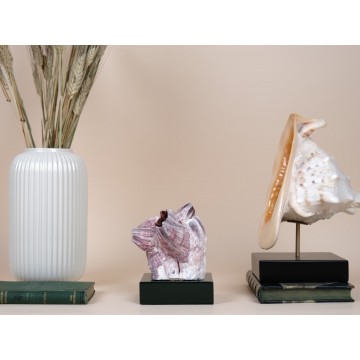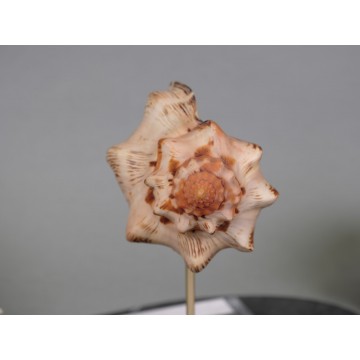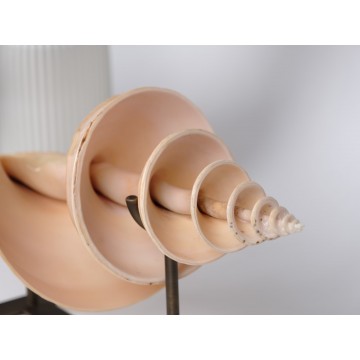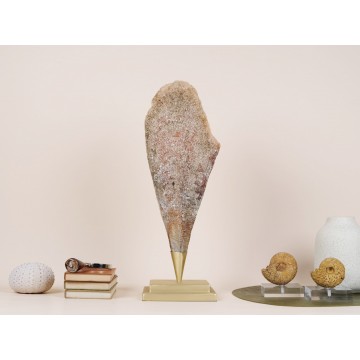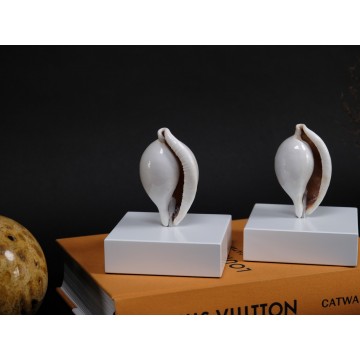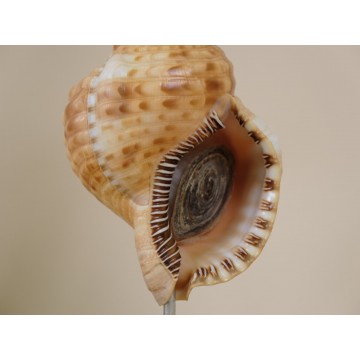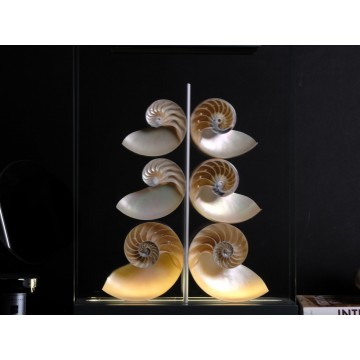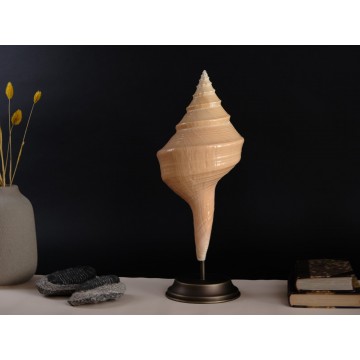This sea star belongs to the genus Linckia, commonly known for its striking color variations (a phenomenon known as "polymorphism," specifically "color morphs"). While the most commonly observed coloration is a pure, dark, or light blue, individuals can also exhibit shades of aqua, purple, or orange, depending on their environment.
Linckia sea stars can grow up to 30 cm (11.8 in) in diameter, with gently rounded tips on each arm. Some individuals may display lighter or darker spots along their arms. They typically have a firm texture and elongated, slightly tubular arms—features characteristic of the family Ophidiasteridae. Their short, yellowish tube feet are used for locomotion.
These sea stars inhabit coral reefs and seagrass beds and are relatively common, though generally found at low densities throughout their range. They live subtidally and occasionally intertidally, on either sandy or hard substrates. Their movement is slow, with a mean locomotion rate of approximately 8.1 cm per minute.
This specimen—of unusually large size—is mounted in a black lacquered wood base, from Philippines.

